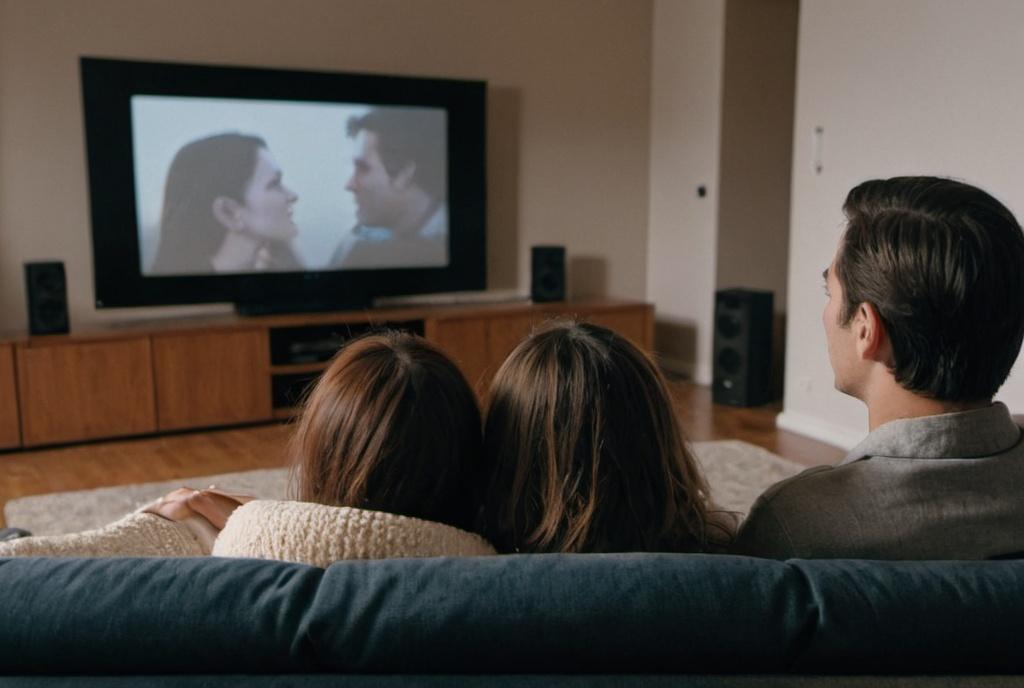
Key Take Aways About visual effects workflow
- VFX workflow is crucial in transforming raw footage into cinematic spectacles.
- Pre-production involves planning, concept art, storyboarding, budgeting, and scheduling.
- During production, on-set VFX supervision and data acquisition are vital for alignment.
- Post-production comprises modeling, animation, compositing, rendering, and final touches.
- VFX is a significant financial investment impacting box office success.
- Investors should observe VFX trends and technological advancements for strategic insights.

Foundations of Visual Effects Workflow
You ever wonder how your favorite films pull off those jaw-dropping visuals? It’s not magic, though it can certainly feel that way. At the heart of it all is the visual effects (VFX) workflow. This process is the unsung hero of modern cinema, responsible for transforming raw footage into cinematic masterpieces.
Pre-Production: Laying Down the Groundwork
Before anyone even whispers “action,” there’s a whole lot of planning going into visual effects. It all kicks off in pre-production. This phase is the blueprint stage where directors, producers, and VFX supervisors huddle up like a football team strategizing a play. They outline what part of the film will be reality and what will need the VFX magic. It’s cheaper to plan now than to fix it in post-production, trust me.
Concept Art and Storyboarding
Concept art and storyboards give everyone a clear visual reference. If you’ve ever sketched a stick figure comic, you’re halfway there. The artists create detailed frames that mimic what the final shot should look like. Storyboarding fleshes out the scenes that will require VFX work, and everyone gets on the same page, reducing surprises down the road.
Budgeting and Scheduling
Here’s where the finance aspect peeks in: how much does this visual dream cost? VFX budgets can run into millions, so meticulous number crunching is vital. Scheduling ensures that each piece of the VFX puzzle fits within the often tight timelines.
Production: Capturing Raw Material
With the script set and the budget approved, it’s time to yell “action”! But it’s not all about actors and directors at this point; the VFX team is just as busy.
On-Set Supervision
VFX supervisors and their teams are on set to ensure everything aligns with those early visions. They’re there like parental chaperones at a high school dance, making sure nobody steps out of line. This might mean having markers for where a digital creature will stand or ensuring the lighting matches the mood needed for digital manipulation.
Data Acquisition
While the actors are running around, the VFX team collects crucial data. Cameras capturing 360-degree space, reference photography, and measurements of everything—to build realistic effects later. Missing data now can mean headaches later.
Post-Production: The Wizardry Begins
Now comes the part where computers and skilled artists turn footage into visual wonders. Although this phase is where VFX really takes center stage, it builds on everything done before.
Modeling and Animation
This step involves creating 3D models and animating them. Whether it’s a colossal dragon or a futuristic cityscape, artists use modeling software to bring concepts to life. It’s digital sculpting without the mess of clay.
Compositing
Compositing is akin to putting together a jigsaw puzzle. Various visual elements are combined to form the finished frames. This involves layering CGI elements seamlessly with live-action shots. The aim is to make it all look like it belongs together, without that tell-tale green screen vibe.
Rendering and Final Touches
Rendering is the digital equivalent of hitting ‘print’ on your computer, but instead of paper, it spits out dazzling images. It’s a resource-heavy process that can take hours, even with powerful computers. Once that’s done, color correction and final touches ensure visual consistency with the intended look of the film.
Financial Implications and Investment Considerations
Alright, let’s talk shop. The financial stakes in VFX are huge. Movies with stunning visuals often pull in hefty box office returns—looking at you, Marvel and Avatar. So, investment in VFX isn’t just about making things look pretty; it’s a financial wager that can tip the scales between box office success or flop.
Investors interested in the cinema sector would do well to monitor VFX trends, major projects, and the companies leading the charge. The evolution of technology, like AI-driven visual effects, can be a game-changer and might dictate future investing strategies.
Conclusion
Visual effects aren’t just a trick of the light—they’re an art form married to science, requiring skill, foresight, and yes, a good chunk of change. Whether you’re an investor, a filmmaker, or just a movie buff, understanding the VFX workflow adds another layer to appreciating the incredible effort behind today’s cinema. So next time you’re wowed by a film’s visuals, you’ll know it’s not just magic—it’s much more interesting than that.



